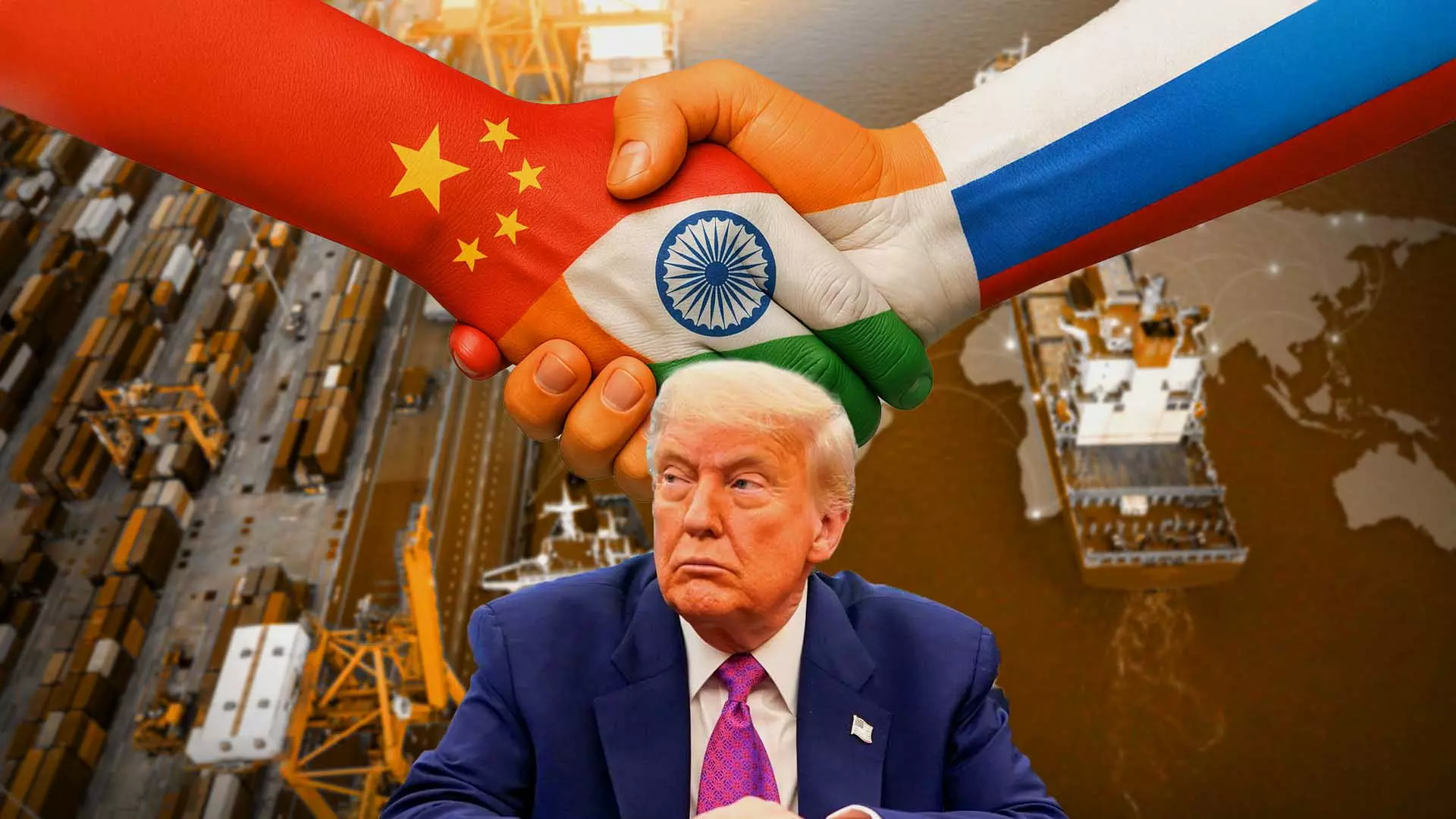
SCO Summit | India’s balancing act: US tariffs, Russia oil, China support
Trump’s tariffs, Russia ties and China’s backing put India in a tough spot. Can Modi balance it all?

India today finds itself at the heart of a shifting global order. On one side are US tariff bombs. On another, Russian oil barrels. Add to that a tentative thaw with China and new promises with Japan. The question is simple: Can India maintain this delicate balance?
America’s tariff shock
US President Donald Trump has hit Indian exports with tariffs as high as 50 per cent. Textiles, jewellery and leather are among the hardest hit. For hubs like Tirupur, Surat and Ludhiana, this is a billion-dollar blow that threatens jobs and growth.
Also read: PM Modi arrives in China after 7 years, to meet Xi Jinping at SCO summit in Tianjin
Washington has accused New Delhi of profiteering from discounted Russian oil. The irony: it was the US itself that once urged India to buy Russian crude to stabilise prices.
Russia’s steady hand
Moscow remains a crucial partner. Bilateral trade hit a record $68.7 billion last year, led by oil but also including pharmaceuticals and engineering products.
Talks are on to send Indian workers to Russia in IT, construction and skilled jobs, even as Moscow promises steady supplies despite US pressure.
China’s opening
China sees opportunity in India’s troubles. Beijing’s envoy to New Delhi, Xu Feihong, called Washington a bully and pledged to stand with India against tariffs.
Also read: Guterres, Xi Meet at SCO Summit, China backs UN cooperation
“China will firmly stand with India to uphold the multilateral trading system with the WTO at its core,” Feihong said.
Since Prime Minister Narendra Modi’s meeting with Chinese President Xi Jinping in Kazan last year, ties have shown tentative improvement. Border tensions remain, but dialogue has reopened.
Japan’s promise
Tokyo is the other key player. Prime Minister Modi pitched India as the place where Japanese capital, infrastructure and technology can combine with Indian scale and talent.
For India, this is a chance to reduce Chinese dominance in Asia’s supply chains. For Japan, it is an opportunity to invest in India’s rise.
Three-way balance
So what is India’s strategy? It rests on three pillars: pushing back against US tariffs, deepening energy and defence ties with Russia, and managing the fragile relationship with China. Alongside, New Delhi is strengthening trust with Japan and other Indo-Pacific partners.
Senior journalist Sridhar Krishnaswamy summed it up: “India will have to do a lot of tight rope walking. That’s why India and Japan are very important, especially in the context of the Quad. If the US pulls away, can the other three step in? These things cannot happen overnight.”
The road ahead
The stakes could not be higher. Exports are under stress. Oil security is uncertain. Rivalries in Asia are sharpening.
For India, the challenge is not just to survive these shocks but to emerge as a steady voice of balance in a fractured global order. The billion-dollar question: Can New Delhi pull it off?
(The content above has been transcribed from video using a fine-tuned AI model. To ensure accuracy, quality, and editorial integrity, we employ a Human-In-The-Loop (HITL) process. While AI assists in creating the initial draft, our experienced editorial team carefully reviews, edits, and refines the content before publication. At The Federal, we combine the efficiency of AI with the expertise of human editors to deliver reliable and insightful journalism.)

